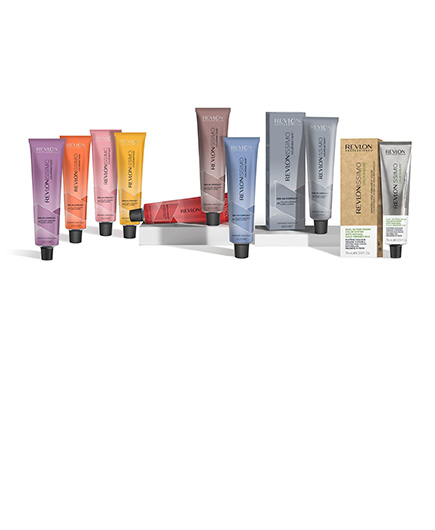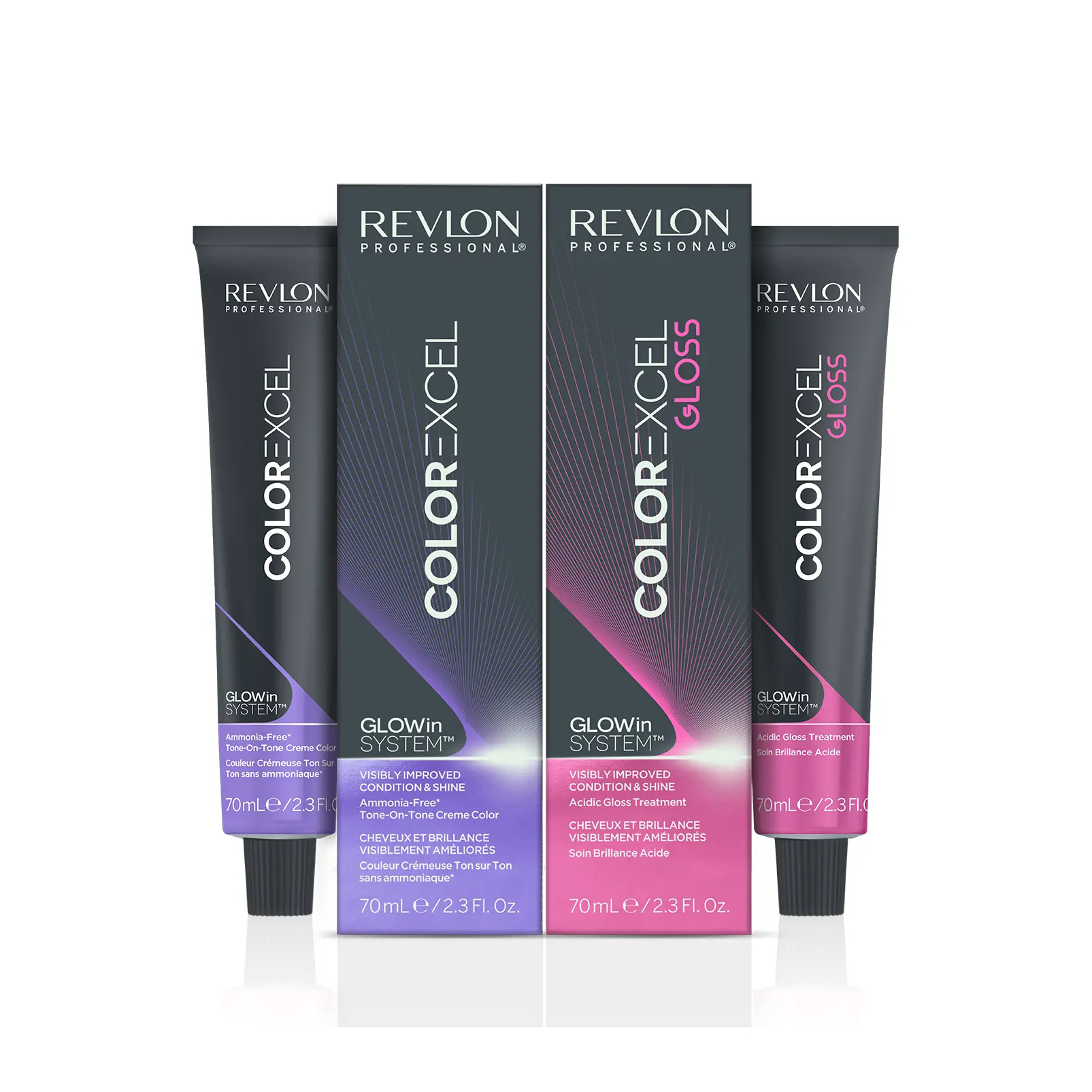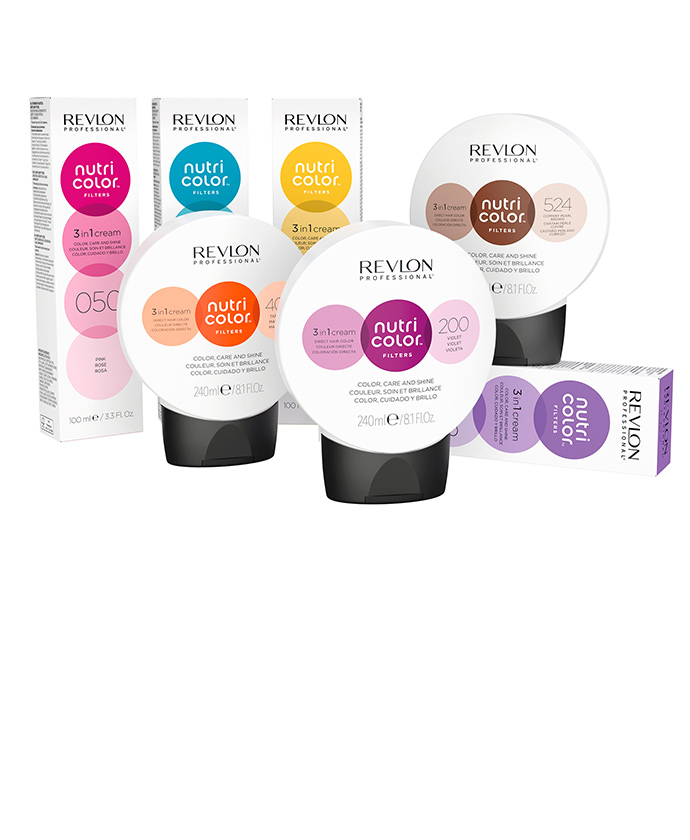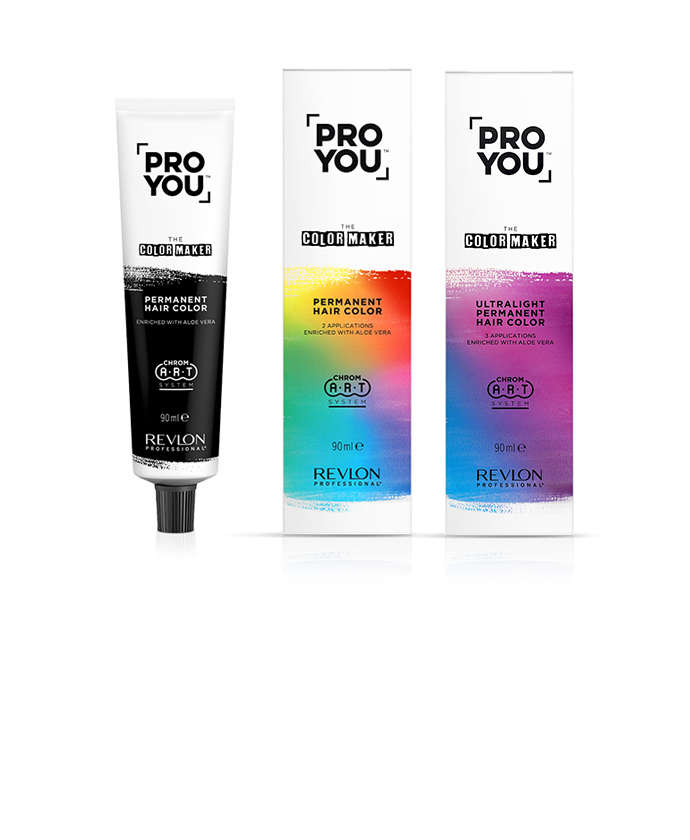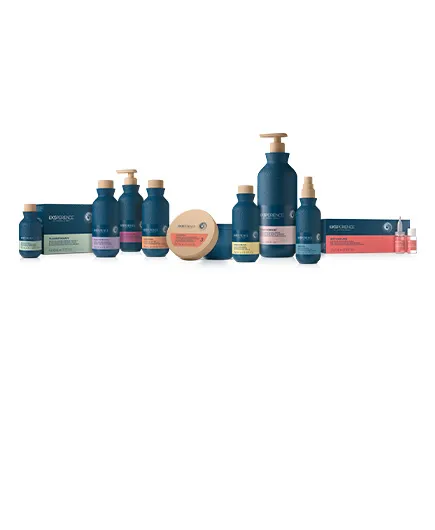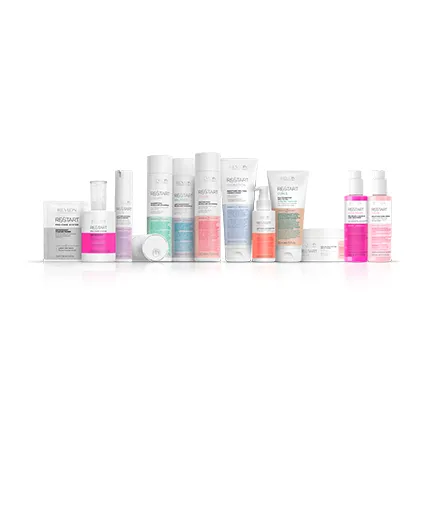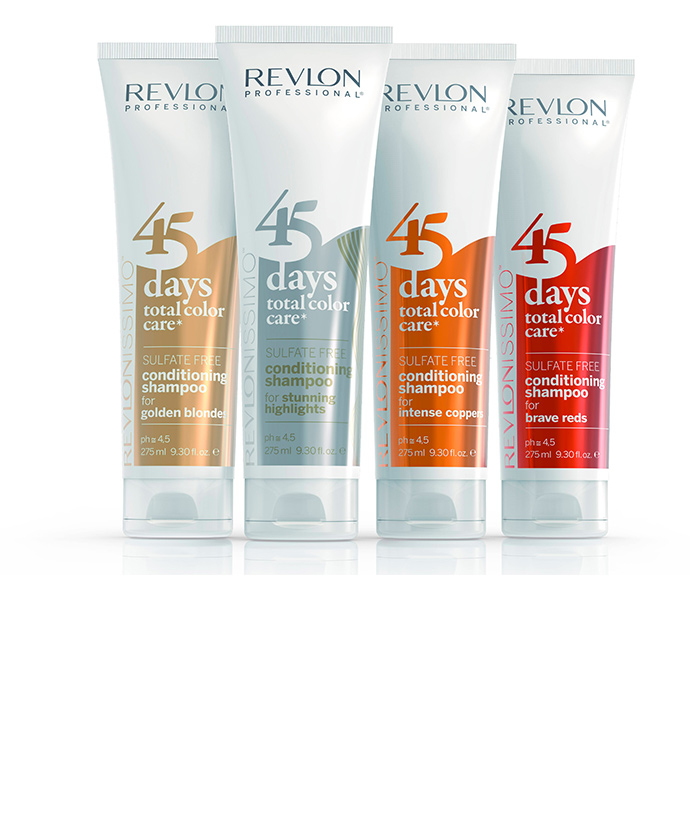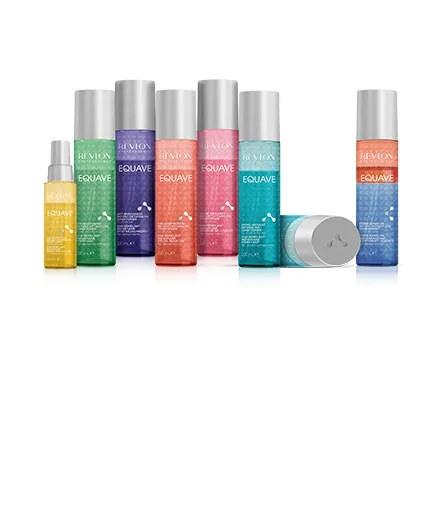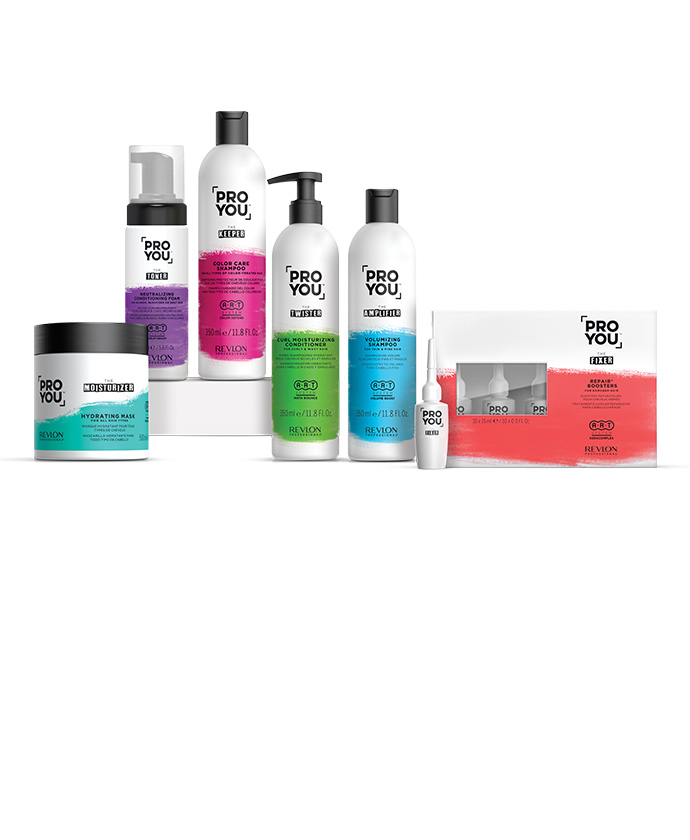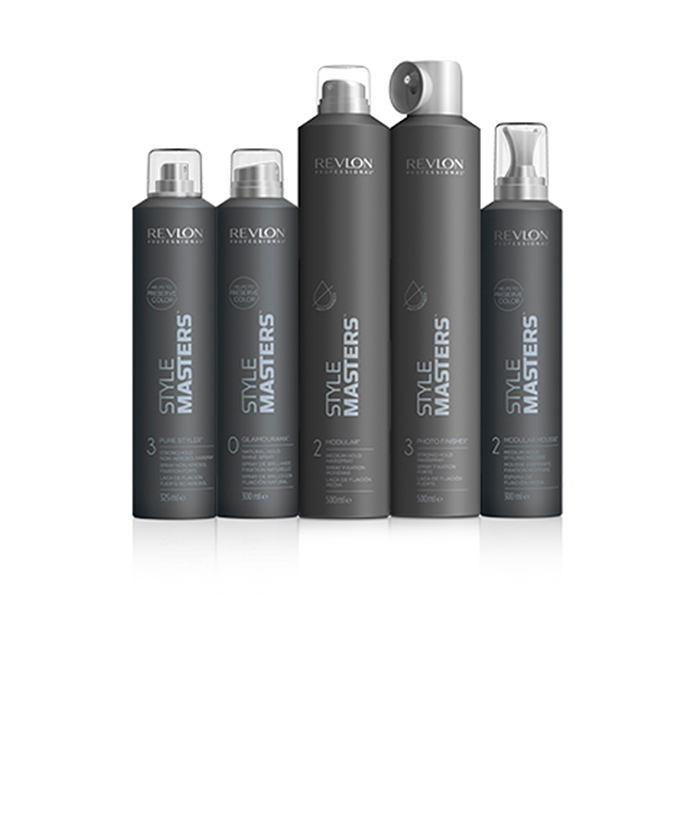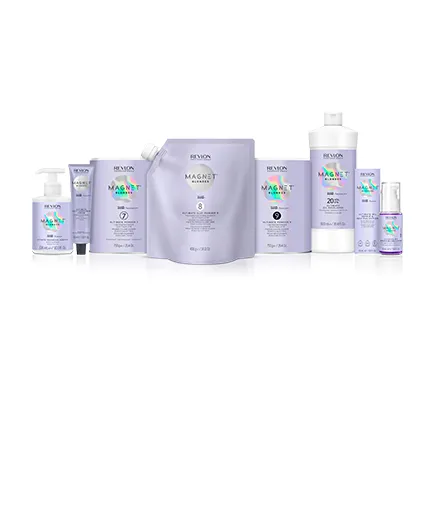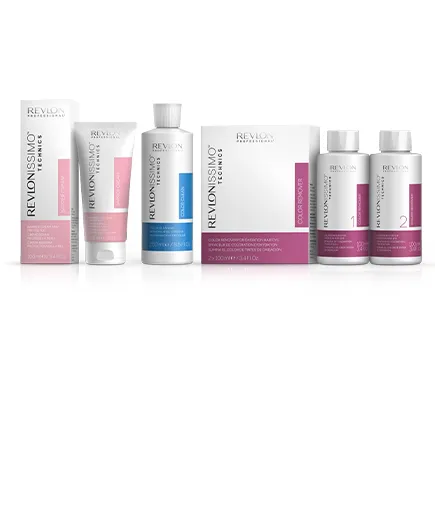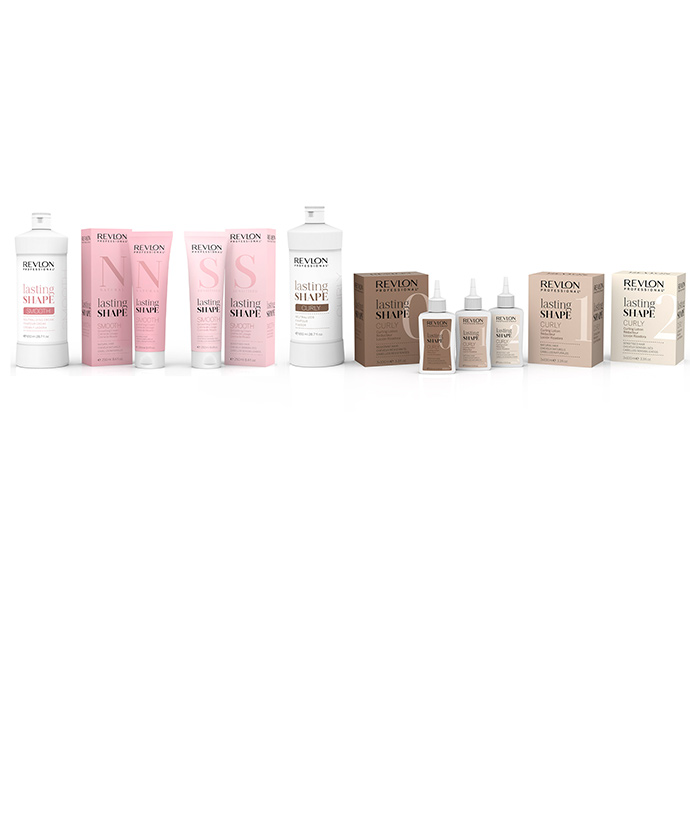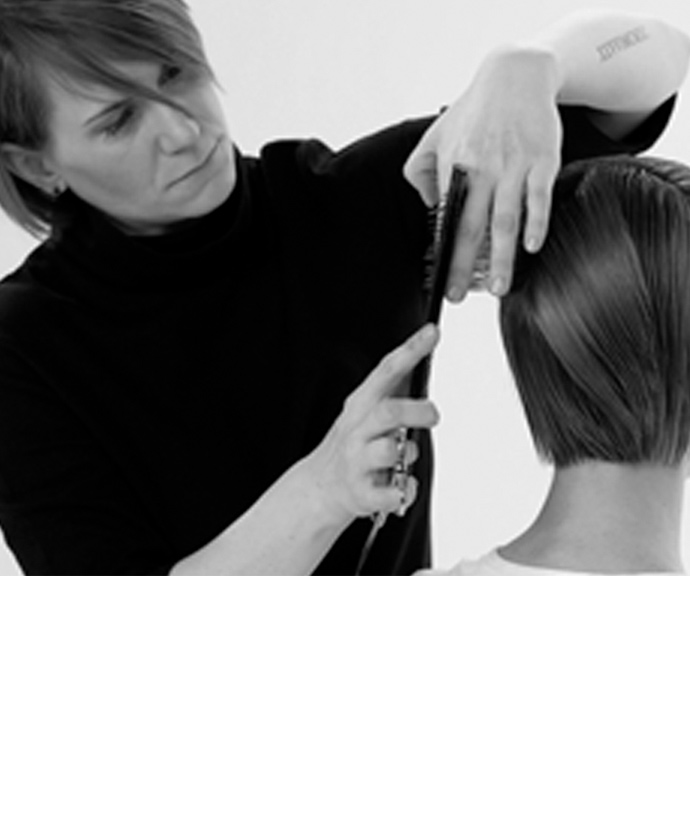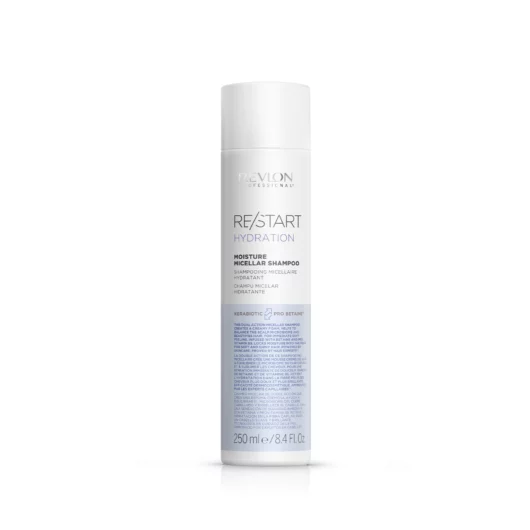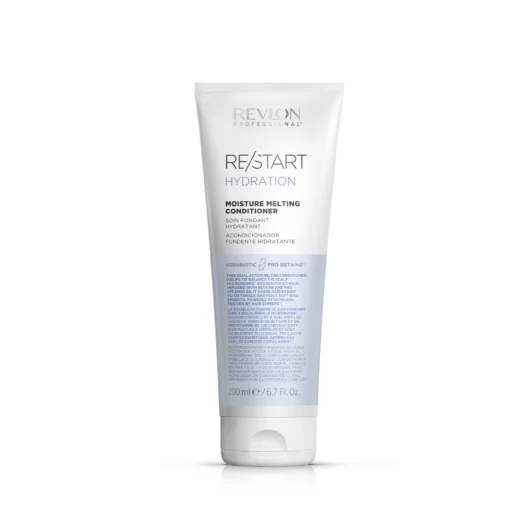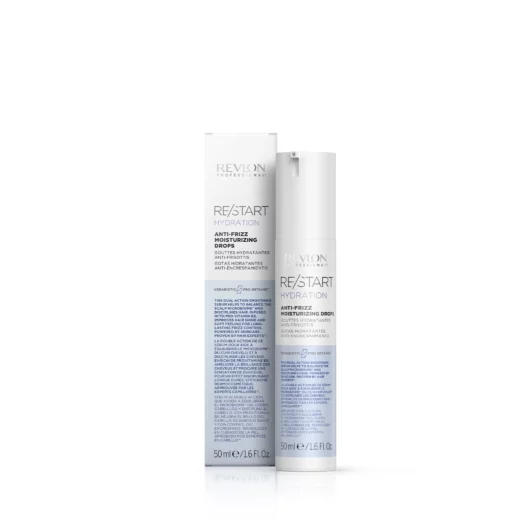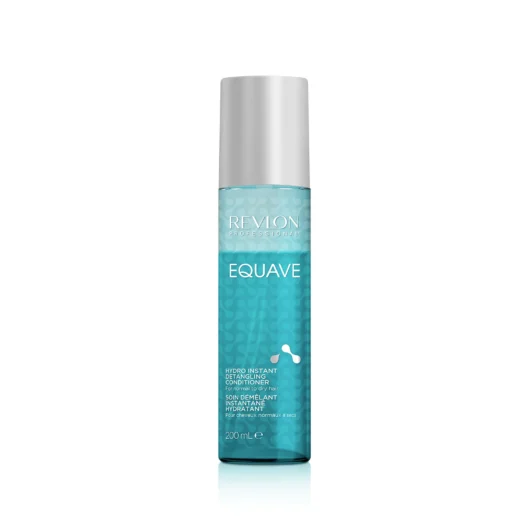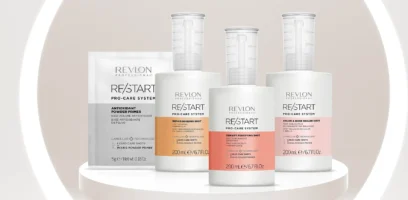Hair Porosity Test: How It Works and What It Means for Your Hair
Ever wondered why your hair feels different from that of your loved ones? Genetics play a role, but another key factor is porosity, which can be influenced by how you care for your hair and external factors like heat and chemical processes. While experimenting with our hair can be fun, it’s important to ensure we’re keeping it healthy, so let’s discuss hair porosity and the best way to deal with it!
What Is Hair Porosity?
Hair porosity is determined by the structure of the hair cuticle, which is the outermost layer of the individual hair shaft. Porosity is a measurement of the hair’s ability to absorb and retain moisture. It also determines how easily moisture can penetrate the hair. There are generally three main categories of hair porosity that the majority of hair types fit into which are; low, medium and high.
Low Porosity Hair
Low porosity hair can pose some challenges when it comes to moisture retention, as it can be resistant to absorbing moisture due to its tightly packed cuticles. However, once moisture penetrates the hair, it tends to stay locked in, reducing the risk of drying out.
This type of hair is also prone to product buildup, so it’s essential to use products that won’t weigh down the hair.
Characterized by its slow drying time, resistance to chemical processes, and tendency for product buildup, low porosity hair can be identified by its shiny appearance and tendency to fall flat. To address these challenges, consider using lighter products and avoiding excessive use of rich products. Additionally, employing techniques like using hot (but not very hot!) water to help open the hair cuticles can aid in removing product buildup and ensuring optimal cleanliness.
Ver esta publicación en Instagram
Medium Porosity Hair
Medium porosity hair requires less maintenance compared to other types. With a moderately loose cuticle layer, it allows moisture to flow in and out steadily, making it resilient to coloring, styling, and chemical processes. However, excessive treatments can increase porosity levels.
Situated between low and high porosity types, medium porosity hair strikes a balance where moisture can penetrate easily and leave at a slower rate. Opting for products with balanced moisture levels and using lukewarm water during washing can help keep medium porosity hair healthy looking.
Ver esta publicación en Instagram
High Porosity Hair
High porosity hair is characterized by a wide-open cuticle structure, allowing moisture to penetrate the hair shaft easily. However, this also means that moisture can escape just as quickly, leaving the hair dry and prone to frizz and damage.
The gaps and openings in the cuticle layer make the hair susceptible to frizz and tangling in humid weather, while extreme dryness occurs in drier conditions. As high porosity hair can be the most challenging we have added a few more tips to help you to identify it!
- Water instantly sinks into the hair shaft upon contact.
- Hair becomes wet very quickly when exposed to water.
- Hair dries rapidly.
- Light products fail to provide sufficient moisture.
- Frizz is prominent, and the hair tangles easily.
- Hair readily absorbs color, even semi-permanent dyes.
High porosity hair struggles to retain moisture and is more prone to damage from UV exposure, heat styling, and chemical processing. Therefore, it requires intensive nourishment and hydration. Using products rich in moisture such as Revlon Professional Equave ™ Detangling conditioner will help to restore shine, nourishment (plus rinsing with cooler water!)
Ver esta publicación en Instagram
How Can I Find Out My Hair Porosity?
Hair porosity is typically assessed based on its texture, drying time, and ability to retain moisture. While there’s no foolproof method for determining porosity, there are several tests you can try to gain insight into your hair’s porosity level.
The Float Test
- Take a strand or two of clean hair from a brush or comb.
- Drop the strands into a glass of water and let them sit for a few minutes.
- If the strands float, your hair likely has low porosity. If they sink, it’s likely to have high porosity. If they remain in the middle of the glass, your hair may have medium porosity.
The Strand Test
- Take a single strand of hair and run your fingers up the shaft, toward your scalp.
- If you feel a rough or bumpy texture along the strand, your hair may have high porosity. Smooth texture indicates low porosity.
The Spray Bottle Test
- Spritz a small section of your hair with water from a spray bottle.
- Observe how the water interacts with your hair.
- If the water forms beads on the surface, your hair is likely to have low porosity. If it absorbs quickly, it’s likely to have high porosity. If it takes a couple of minutes to absorb, you may have medium porosity.
Hair Routines Based On Porosity
All hair types are unique, so understanding your hair’s porosity can help you optimize your hair care routine. Keep in mind that external factors like heat, pollution, and styling practices can influence your hair’s porosity over time. Therefore, it’s essential to periodically reassess and adjust your care and styling routine accordingly based on how your hair feels and behaves. Here’s a routine for each type of porosity to help get the best from your hair:
Low Porosity Hair Routine
- Step 1. Clean and hydrate hair with the RE/START™ Hydration Moisture Shampoo.
- Step 2. Apply the RE/START™ Hydration Moisture Melting Conditioner
- Step 3. Moisturize scalp with RE/START™ Balance Scalp Moisturizing Lotion.
- Step 4. Moisturize the hair fiber and fight frizz with the RE/START™ Hydration Anti-Frizz Moisturizing Drops prior to normal brushing.
- Apply Scalp Moisturizing Lotion twice a week or when needed and before brushing.
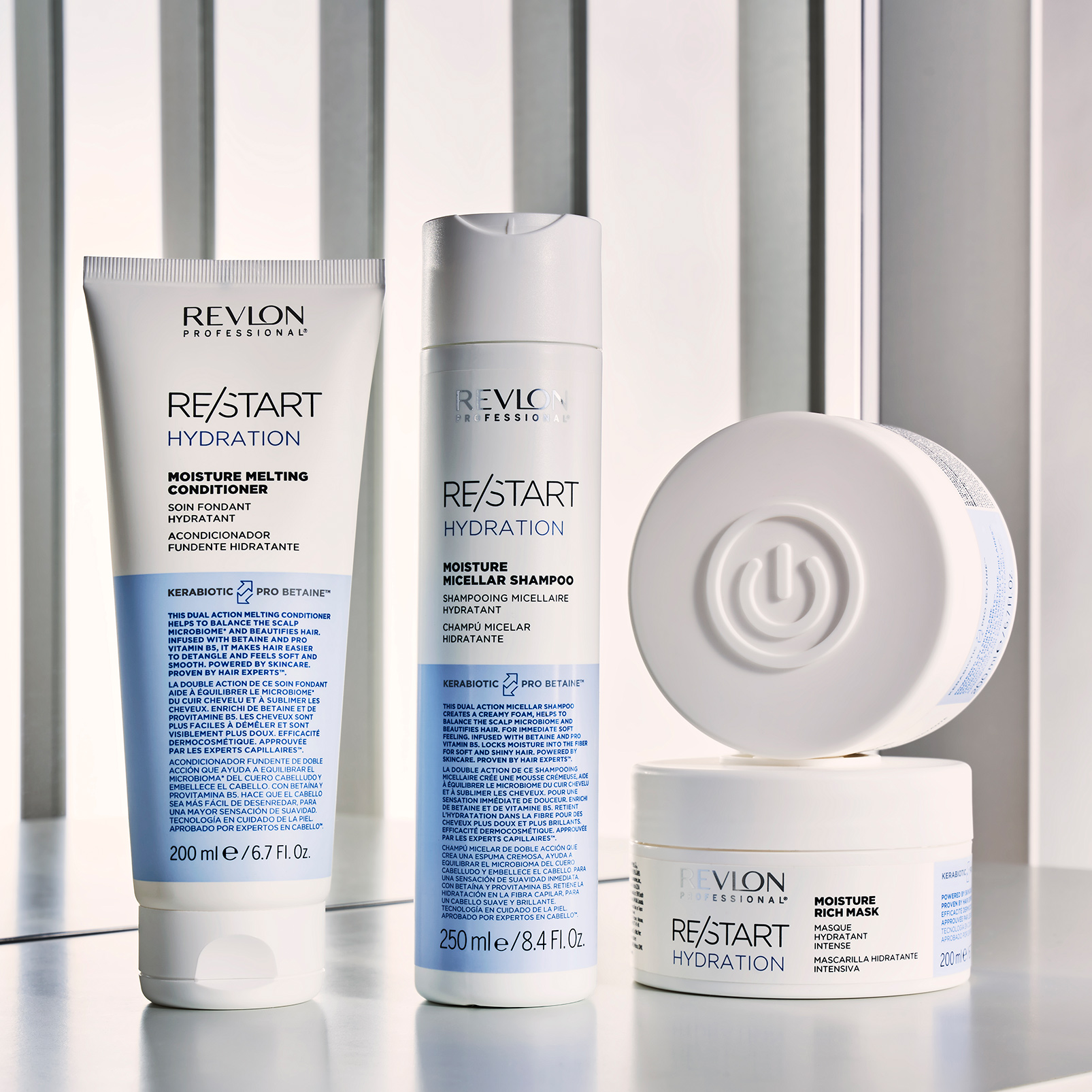
Medium Porosity Hair Routine
- Step 1. Clean and hydrate hair with the RE/START™ Hydration Moisture Shampoo.
- Step 2. Apply the RE/START™ Hydration Moisture Melting Conditioner and leave on for 2–3 minutes.
- Step 3. Moisturize scalp with RE/START™ Balance Scalp Moisturizing Lotion.
- Step 4. Moisturize the hair fiber and fight frizz with the RE/START™ Hydration Anti-Frizz Moisturizing Drops prior to normal brushing.
- Every 2 shampoos, after washing, substitute the conditioner with the RE/START™ Hydration Moisture Rich Mask.
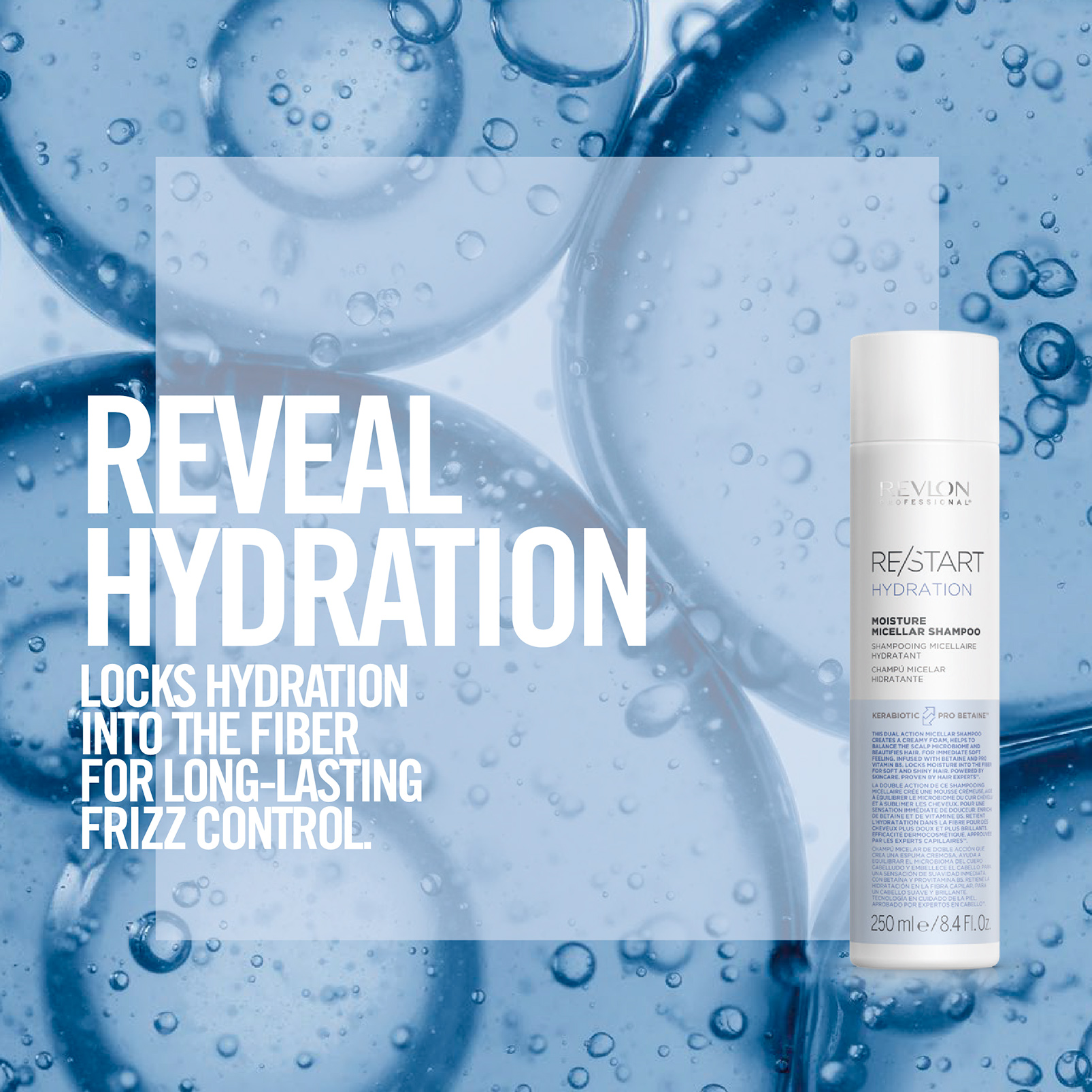
High Porosity Hair Routine
- Step 1. Clean and hydrate hair with the RE/START™ Hydration Moisture Shampoo.
- Step 2. Treat the hair with RE/START™ Hydration Moisture Rich Mask for 5 minutes, then apply the RE/START™ Hydration Moisture Melting Conditioner on top for 2 minutes then rinse.
- Step 3. Recharge hair fiber moisture and combat the appearance of frizz with RE/START™ Hydration Anti-Frizz Moisturizing Drops.
- Step 4. Apply the RE/START™ Hydration Anti-Frizz Moisturizing Drops before daily brushing for scalp hydration and to fight frizz.
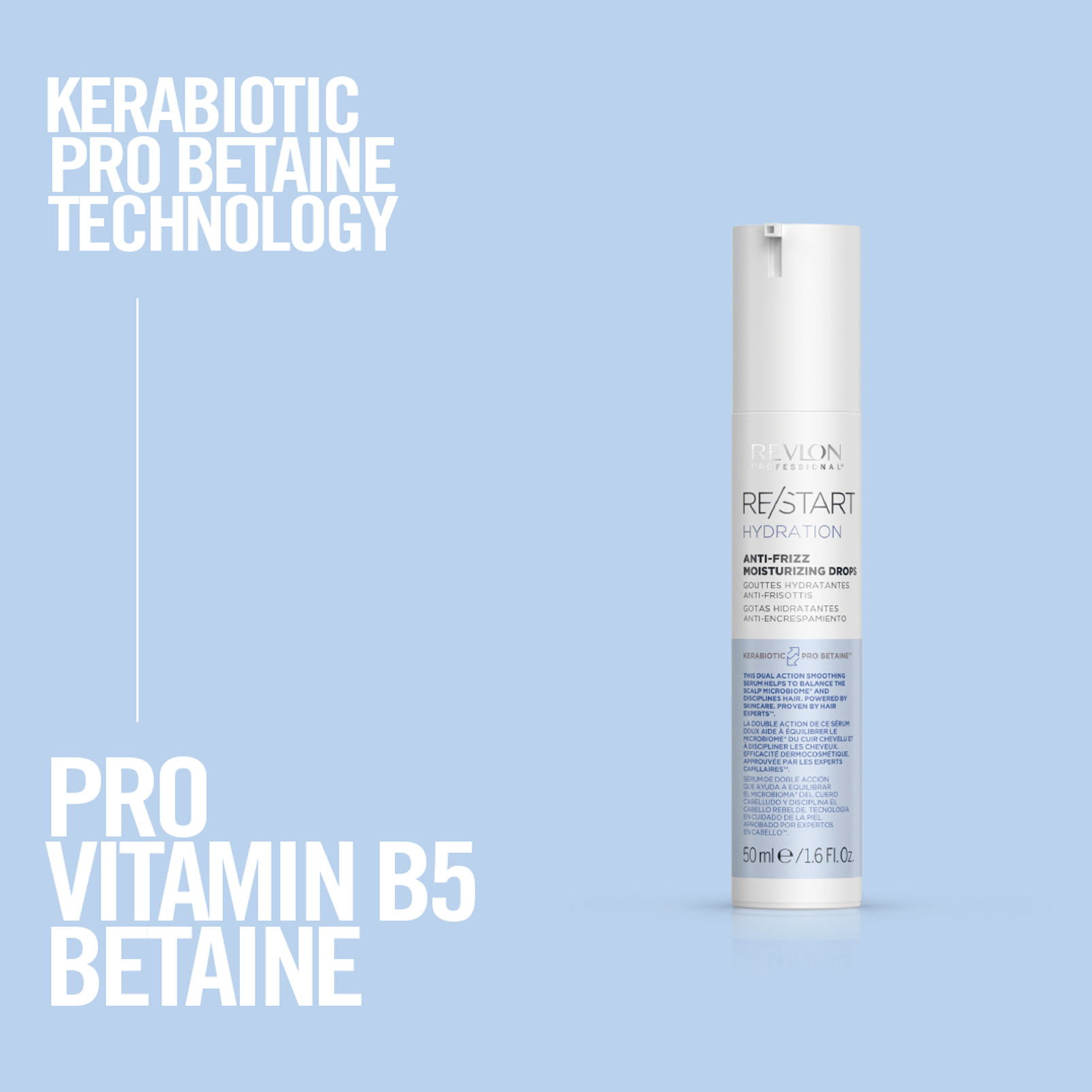
All hair is unique, and each texture has its own pros and cons. The key is to understand your hair’s personality so you can make the most of it!
If you are a stylist and would like to get to know more about each and every hair type then make sure you become a client (sign up here to become one) to gain access to our 24/7 educational site, #RevlonProAlwaysOn. You can also shop for all your professional hair care needs using our Revlon ProShop.


